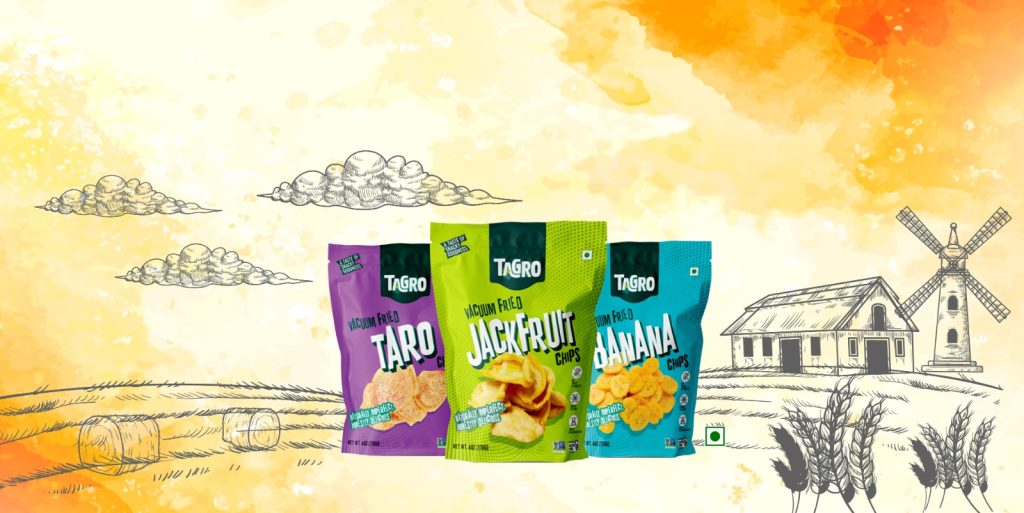TAGRO™ .. PREMIUM DEHYDRATED SPICES & SNACKS
Dehydration is one of the oldest methods of food preservation, though methods for drying food have become sophisticated over time. For many people, dehydrating food at home is a convenient way to preserve foods.
Dried foods have more calories on a weight-for-weight basis because of their nutrient concentration. For example, 100 grams of fresh apricots has 51 calories, whereas 100 grams of dried apricots has 260 calories. Nutritive value, as well as flavor and appearance, is best protected by low temperature and low humidity during storage.

Molds, yeast and bacteria need water to grow. When foods are sufficiently dehydrated, microorganisms cannot grow and foods will not spoil. Dried fruits and fruit leathers may be used as snack foods; dried vegetables may be added to soups, stews or casseroles. Campers and hikers value dried foods for their light weight, keeping qualities and ease of preparation.
The nutritive value of food is affected by the dehydration process. Vitamins A and C are destroyed by heat and air. Using a sulfite treatment prevents the loss of some vitamins but causes the destruction of thiamin.
Dehydrating food is a preservation method used to extend the shelf-life of your food by removing its water content.
Foods can be dehydrated by various means: the sun, a conventional oven, an electric dehydrator, a microwave oven (for herbs only), air drying and solar drying. Dehydration, like other preservation methods, requires energy. Unless sun drying is possible where you live, the energy cost of dehydrating foods at home is higher than for canning and, in some cases, more expensive than freezing.
TAGRO™ .. PREMIUM DEHYDRATED SPICES & SNACKS
Dehydration is one of the oldest methods of food preservation, though methods for drying food have become sophisticated over time. For many people, dehydrating food at home is a convenient way to preserve foods.
Dried foods have more calories on a weight-for-weight basis because of their nutrient concentration. For example, 100 grams of fresh apricots has 51 calories, whereas 100 grams of dried apricots has 260 calories. Nutritive value, as well as flavor and appearance, is best protected by low temperature and low humidity during storage.
Dehydrating food is a preservation method used to extend the shelf-life of your food by removing its water content.

Molds, yeast and bacteria need water to grow. When foods are sufficiently dehydrated, microorganisms cannot grow and foods will not spoil. Dried fruits and fruit leathers may be used as snack foods; dried vegetables may be added to soups, stews or casseroles. Campers and hikers value dried foods for their light weight, keeping qualities and ease of preparation.
The nutritive value of food is affected by the dehydration process. Vitamins A and C are destroyed by heat and air. Using a sulfite treatment prevents the loss of some vitamins but causes the destruction of thiamin.